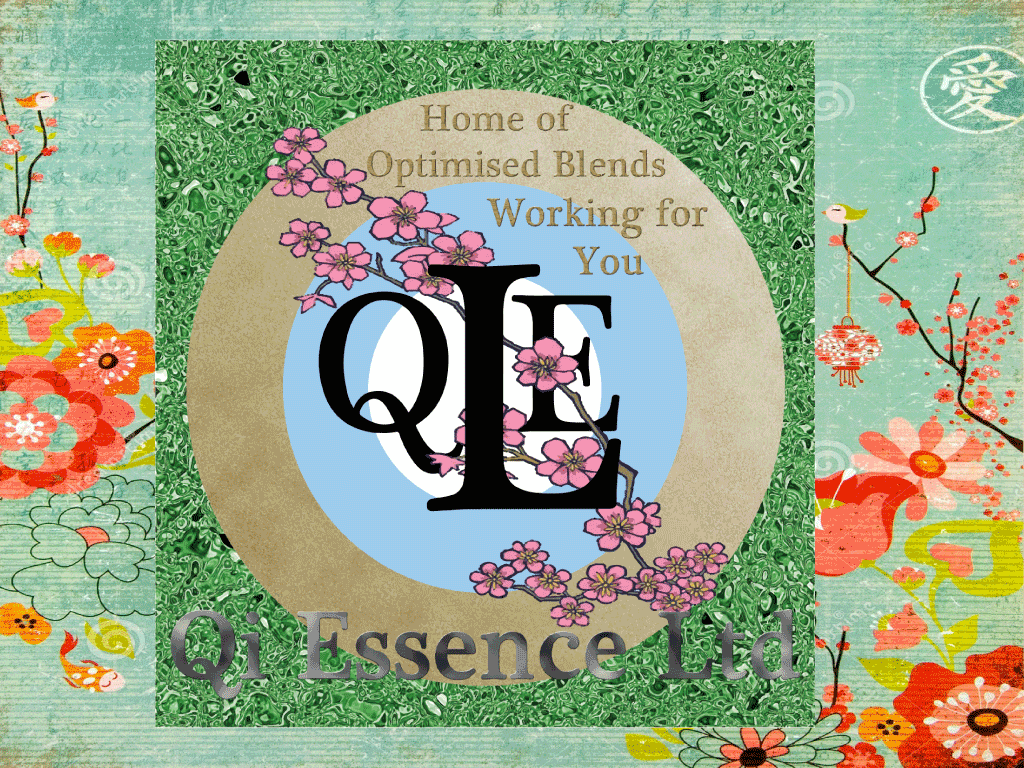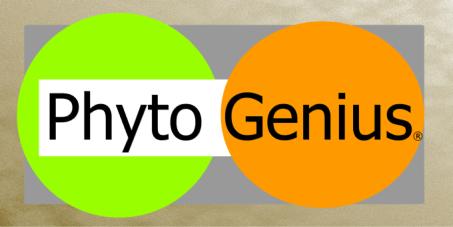Why Anti-Oxidant Capacity? How Does this Indicate Activity?
What Are Anti-Oxidants?
A range of substances found naturally occurring in foods and plant materials
- Foods:
Vitamins A, C and E, Beta-carotene, enzymes e.g Glutathione peroxidase (requires Se as a co-factor to function), Mg, Zn (required as a co-factor for enzyme superoxide dismutase) and Cu also act as other co-factors.
- Phytochemicals:
Lycopene, allylic sulphides, flavonoids, reservatrol, gallic acid, polyphenols, enzymes, carotenoids, tocopherols, tocotrienols (Vitamin E family) etc.
- WHY?
Photosynthesis converts solar energy into redox energy. (3) The above redox-active secondary metabolites in high concentration in plants afford protection against potential oxidative damage resulting from photosynthesis.(4)
Animals do not have these substances and therefore are left open to the consequences of oxidative stress (2). Some free radicles or reactive oxygen species (ROS) are necessary for normal life processes and act as a stimulus, however excess which can be caused by e.g. tobacco smoke, pollutants, food, drugs, radiation, UV and ethanol etc. contribute to damaging oxidative stress which can attack, DNA, cells and other tissues and has been linked to long term degenerative diseases and ageing. (2, 5)
How Are Anti-Oxidants affected?
What can affect the naturally occurring anti-oxidants(AO) in herbs
- a) Irradiation: Can lead to the generation of free radicles which can damage some or all of the AO in the plant material. In some cases damaged AO can become free radicle generators themselves or pro-oxidant (1).
- b) Cultivation, storage, transportation
- c) Grinding, compacting, exposure to UV light, inappropriate drying, heating, sonication
- d) Age, contamination
Therefore anything that damages the AO in the plant material becomes a very sensitive measure of the ‘fitness’ or quality of the sample as compared to a known ‘good’ quality reference sample. Can track deterioration over time – see test example etc.
What We Are Hoping to Show
Testing the Anti-oxidant Capacity of the material may reveal
- a) That the plant/herb/food has been grown/cultivated correctly and adequately
- b) Has been harvested correctly
- c) Has been processed correctly
- d) Has been transported correctly
- e) Has been stored correctly
Resulting in an end product where the Anti-Oxidant Capacity (AOC), compared to known Reference sample AOC, has remained intact denoting the ‘fitness’ or quality of the material in a scientifically validated and repeatable test.
What We Are Not Trying to Show
The level of AOC testing being offered by Qi Essence Ltd has been designed to be above all affordable for the average user
- a) It is a ‘relative’ measure of the AOC of the sample, using a dilution suitable to the sample tested. Therefore although two or more samples can be tested and compared the absolute AOC of the material can only be achieved using multiple dilutions and extensive tests.
- b) Therefore the type of testing offered would not be suitable for making claims regarding the absolute AOC of the material
- c) Although we will be creating a database of all testing and possibly also linking this to the use of the SCiO (Near Infra-Red Spectroscopy scanner). You should take extra steps to ensure the correct Identification of your material
You are paying for the number of tests, which also includes a no sample control. You may from the results obtained decide that further testing is needed, depending on your ultimate purposes.
References
1) Knight, J, Knight, R, Armstrong, K (2007) ABEL-RAC Antioxidant Scores for Quality Control of Ingredients and Quality Assurance of Products. Cosmetic Science Technology 2007 Publisher Caroline Johnson T4 International, Boxmoor, Herts. HP1 2RE
2) McCord JM (2000) The evolution of free radicles and oxidative stress: Am J Med, 108:652-659
3) Demmig-Adams B, Adams WW III (2002) Antioxidants in photosynthesis and human nutrition, Science 298: 2149-2153
4) Benzie IF (2003) Evolution of dietary antioxidants. Comp Biochem Physiol 136:113-126
5) Banhyopadhyay Dchattopadhyay A (2004) Oxidative stress-induced ischaemic heart disease: protection by antioxidants. Curr. Med. Chem 11: 369-287


